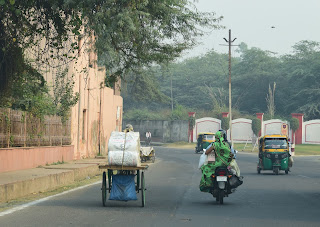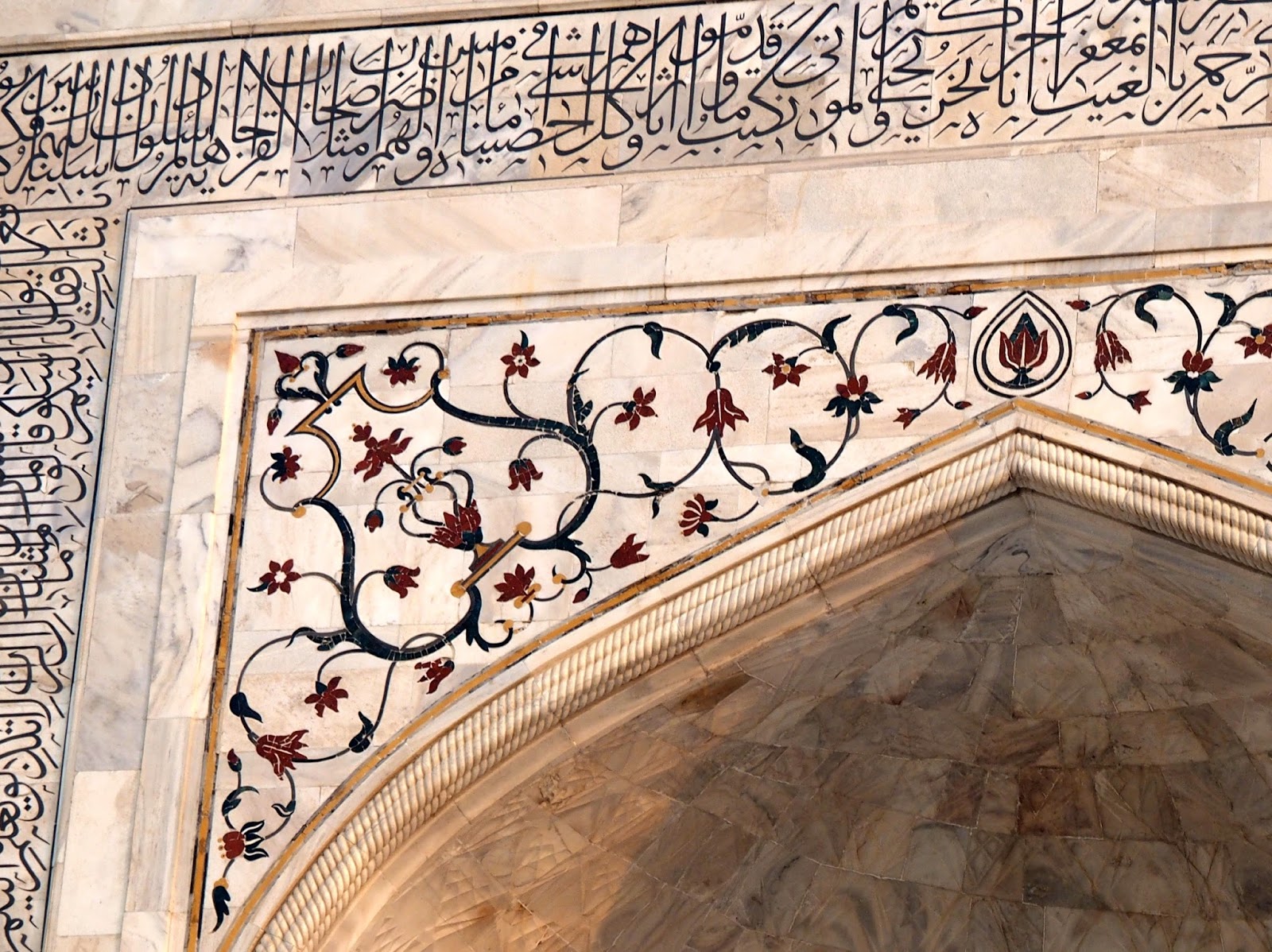Please see Instructions and Tips.
To view a list of all of our travel blogs and slide shows, or if you want to subscribe or follow us please go here:
http://vacations-pm.blogspot.com
We hope you enjoy reading our blog.
----------------------------------------------------------------------------------------------
This blog (India) is one of four for our trip to Asia to Tibet, Nepal, Bhutan, and India.
The entire trip involved lots of being driven in cars/vans, around 2,000 miles driving between cities. Not counting numerous driving trips around the cities and surrounding areas to visit attractions.
All the India sites were very good. Some extra special places:
Taj Mahal
Glass Palace in Agra Fort
The Akshardham Temple, a Hindu temple in Delhi
Specialty Albums (Includes Blog photos and other photos):
Animals
Getting Around
People
More albums
More photos of a particular site. Does not include blog photos.
Links will be at the end of the appropriate blog section.
Slide show of photos in this blog:
Blog photos
To view a list of all of our travel blogs and slide shows, or if you want to subscribe or follow us please go here:
http://vacations-pm.blogspot.com
We hope you enjoy reading our blog.
----------------------------------------------------------------------------------------------
This blog (India) is one of four for our trip to Asia to Tibet, Nepal, Bhutan, and India.
The entire trip involved lots of being driven in cars/vans, around 2,000 miles driving between cities. Not counting numerous driving trips around the cities and surrounding areas to visit attractions.
All the India sites were very good. Some extra special places:
Taj Mahal
Glass Palace in Agra Fort
The Akshardham Temple, a Hindu temple in Delhi
Specialty Albums (Includes Blog photos and other photos):
Animals
Getting Around
People
More albums
More photos of a particular site. Does not include blog photos.
Links will be at the end of the appropriate blog section.
Slide show of photos in this blog:
Blog photos







































































































 Next
Next